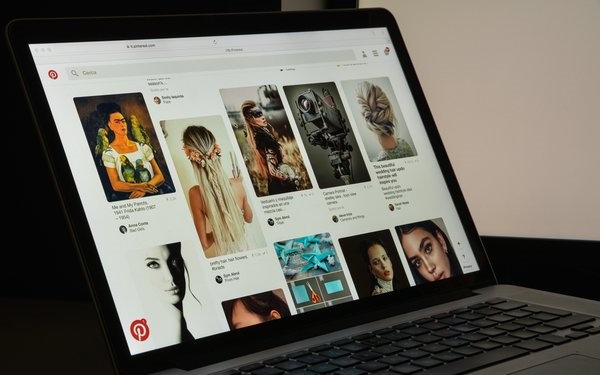Pinterest Shares Ranking Secrets As It Shifts Signals

Encouraging other companies to do the same, Pinterest released insights on how its ranking algorithm works as it shifts to non-engagement signals, but warned that over-reliance on it could result in a negative user experience.
Non-engagement signals are generated from in-app surveys that give users the opportunity to provide direct feedback about the platform. They also are generated by independent assessments of content quality.
The document, Field Guide to Non-Engagement Signals, gives brands a way to identify what metrics they should prioritize to rank higher and create more visibility for their content.
“Optimizing purely for user engagement can surface content that is low-quality [such as clickbait], or even harmful,” Leif Sigerson, Pinterest senior data scientist; and Wendy Matheny, Pinterest senior lead public policy manager, wrote in a blog post.
Non-Engagement Signals help Pinterest adjust what brands want to emphasize in a post such as body type, hair pattern, or skin tone. Pinterest can adjust which site visitors see first.
The authors of a recently published white paper believe there is much unrealized potential in using non-engagement signals, which can improve outcomes both for platforms.
The findings in the paper are based on a day-long workshop with experts from industry and academia. The authors formulate a series of propositions and document each as best we can from public evidence, including quantitative results where possible.
Retention can be increased by incorporating signals, such as “item “quality” proxies and asking users what they want to see with “item-level” surveys. There is also evidence that “diverse engagement is an effective quality signal.”
There was no strong evidence about the impact of transparency or ways to explain things like retention, but there is reason to believe generative AI (GAI) could be used to create better quality signals and enable new kinds of user controls, the authors wrote.
The 16-page white paper goes into details on the relative effects of value models, using GAI to scale content quality signals, and improving user retention.
(7)
Report Post





